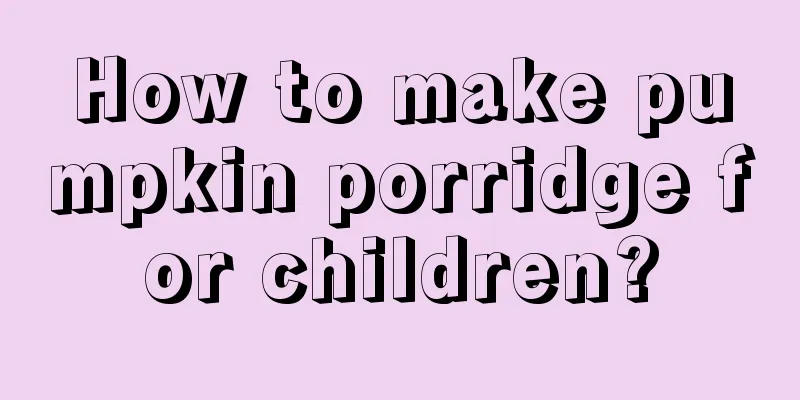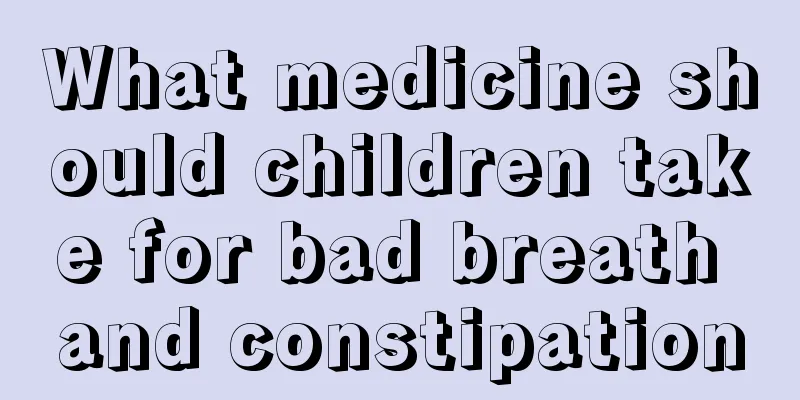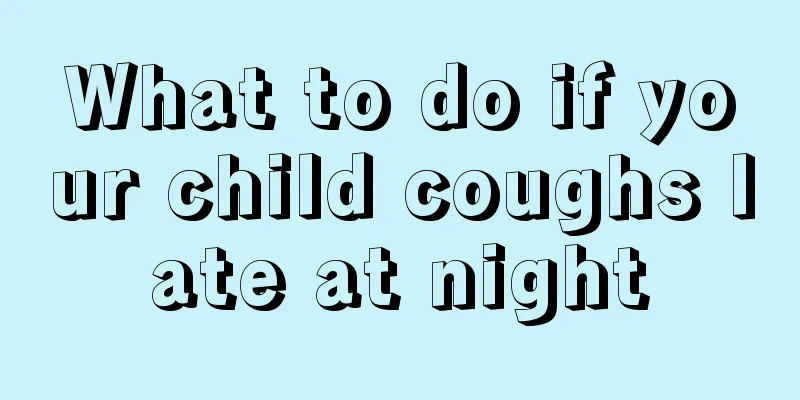How to treat cerebral edema in infants

|
Infant brain edema is a characteristic of infant brain development. After a child is born, the brain and bones of the body begin to develop. If you do not pay attention to the physical health of the infant, it will cause various developmental disorders, and infant brain edema is one of them. Next, we will introduce how to treat infantile cerebral edema? (I) General treatment Keep quiet, breathe oxygen, keep warm, and keep the airway open. Correct acidosis. Patients with coagulation disorders can be given vitamin K1 5 mg/d, or blood or plasma transfusions. Correct hypoglycemia, hypocalcemia, etc. in a timely manner. (II) Intensive Care Carry out cardiopulmonary, blood pressure, intracranial pressure and EEG monitoring, and closely observe body temperature, respiration, consciousness, eye movement, pupil size, anterior fontanelle and the presence of early convulsions. Maintain blood gases and pH within normal range. When heart failure and shock occur, timely treatment is required. (III) Maintaining calories and limiting fluid intake appropriately Generally, the amount of fluid should be limited to 60-80 ml/kg per mouthful within 3 days after birth, and the infusion rate should be 4 ml/kg per hour. Glucose intake is 10-20 g/kg per day to maintain blood sugar at 4.2-5.6 mmol/L, and intravenous high nutrition is given when necessary. Sodium bicarbonate should be used with caution to avoid aggravating cerebral edema. (IV) Anticonvulsant treatment The treatment of neonatal seizures first requires immediate attention to metabolic disorders that may exist during HIE, such as hypoglycemia, hypocalcemia, hypomagnesemia, hyponatremia, etc. Once it is determined that the seizure is not caused by a metabolic disorder, anticonvulsant drugs are used. In principle, choose one drug with sufficient dosage, or use two drugs alternately. Monitor the blood concentration of the drug frequently during medication, and observe closely after medication, when the convulsions stop, the patient falls asleep quietly, the breathing and heart rhythm are stable, and the palms and fingers are bent with a certain tension. 1. Phenobarbital First choice for controlling neonatal seizures. The first loading dose is 15-20 mg/kg, injected intramuscularly or slowly intravenously. If the convulsions are still not controlled, give another 5 mg/kg every 10 to 15 minutes until the convulsions stop, up to a total of 30 mg/kg. After the convulsion is controlled, the maintenance dose is given starting 12 to 24 hours later, at 5 mg/kg per day, divided into two intravenous or intramuscular injections, once every 12 hours. After 2 to 3 days, switch to oral maintenance. Respiratory depression has been noted when used concomitantly with diazepam. 2. Stability It is the first choice drug for the treatment of neonatal status convulsus, with a dose of 0.3 to 0.5 mg/kg each time, slowly injected intravenously. The half-life of this drug is 15 minutes. It passes through the blood-brain barrier quickly and disappears quickly. Therefore, it can be reused after 15 to 20 minutes and can be used 3 to 4 times a day. For uncontrolled seizures, 3 to 12 mg/kg can be given by continuous intravenous drip every day. The above is the treatment method for infantile cerebral edema. Compared with other treatment methods, children should be cautious when choosing drug treatment. Some drugs cannot be used, and some drugs may produce other sequelae, so you must be cautious to avoid various bad habits. |
<<: What are the symptoms of adenoid hypertrophy in babies?
>>: What is the reason why a one and a half year old baby cannot sleep well at night?
Recommend
Biliary atresia is one year old
Newborn babies are prone to problems due to the d...
Nursing methods for children with pneumonia
In fact, if your child suffers from pneumonia, yo...
Why does a three-month-old baby suddenly cry when sleeping?
A three-month-old baby can laugh and cry, and und...
What to do if your child grinds his teeth while sleeping?
If a child grinds his teeth while sleeping, paren...
What causes foamy stools in babies?
We all know that as the baby grows day by day, hi...
What are the benefits of children's aerobics?
Every parent must be very concerned about the phy...
Seasonal skin allergies in children
Children have relatively poor resistance and are ...
What are the dietary treatments for children's sweating?
Parents are worried about children's sweating...
What is the cause of intestinal prolapse in children?
Some children may suddenly feel discomfort in the...
Child development age
There are certain limits to the age of children&#...
What causes seizures in children?
Convulsions in children are a relatively common e...
Symptoms of otitis media in children
It is quite common for children to suffer from ot...
What to do if your child has a fever and itches
Fever is a very common disease in life. In most c...
What happens if your child is zinc deficient?
Many people do not have a clear understanding of ...
What’s going on if my baby has red bumps on his nose?
When red bumps suddenly appear on our skin and th...









